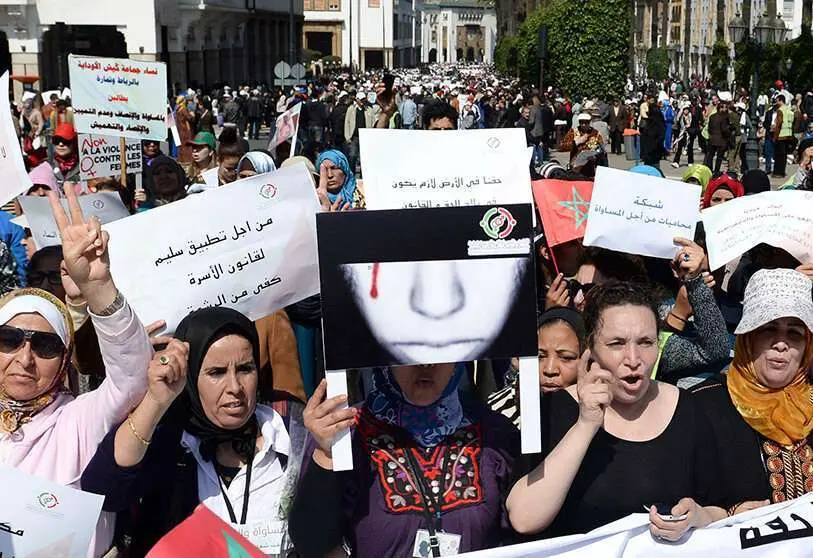Infrastructure works without gender-based violence

Creating fear-free spaces for women or people with diverse gender identities in and around civil and infrastructure projects is not an altruistic aspiration, it is a right that should be high on the agenda of citizens, workers, contractors and authorities.
The International Day for the Elimination of Violence against Women is commemorated every year on 25 November. A good reason to put on the agenda a problem that goes beyond domestic violence. In Latin America and the Caribbean, according to figures from the International Labour Organisation, of the total population employed in construction, 96.3% are men and 3.7 % are women; while, of the total number of people employed in the different branches or sectors of economic activity, only 0.7 % of women are working in construction compared to 11.7 % of men.
Among the potential risks of gender-based violence identified in a publication by CAF, Development Bank of Latin America, which can be generated at sites, camps, workshops, administrative offices, construction sites or in the areas of influence, are: sexual harassment on the street, labour discrimination, damage to property, human trafficking and commercial sexual exploitation, forced marriage and unwanted pregnancies, among others.
"The relevance of addressing gender-based violence in infrastructure projects lies in the fact that construction sites can become spaces where it can be exercised both within the construction site against female workers and towards women and people with diverse gender identities who live or work in the vicinity of the construction site or pass through the vicinity of the site. Therefore, it must be prevented in order to guarantee the wellbeing of women and the inclusion of more women in a strongly masculinised economic sphere", said Edgar Lara, CAF's Social Inclusion and Gender Coordinator, and author of the report.
The World Health Organisation shows that gender-based violence has consequences on the mental, physical, sexual and reproductive health of women and girls. CAF's report identifies various factors that could influence the gender risk of public works projects, such as the type of project and the sector to which it belongs, the socio-economic characteristics of the surrounding communities, the geographical area, the presence of migrant workers, the lack of knowledge of legislation, as well as the individual, relational, community and social circumstances present in the administrative and site personnel and in the surrounding population.
"Prevention is the main strategy to minimise the risks of gender-based violence in infrastructure projects, especially in the development phase, therefore, it is suggested that the governing bodies of public works, executing units and subcontractors define measures, protocols or policies to prevent and address gender-based violence. For example, the mechanisms for the advancement of women (ministries, secretariats and institutes) often offer technical assistance and training services on prevention and attention to gender-based violence," added Edgar Lara.
A good example is the web portal "Mujeres en Obra", created in 2020 by the Servicio Nacional de Capacitación y Empleo, the Bolsa Nacional de Empleo and other Chilean government agencies to increase women's participation in construction. Also the ordinances of the municipalities of Lima in Peru, which prevent, prohibit and sanction sexual harassment in public spaces, in commercial establishments or in front of construction sites.
The identification of possible risks of gender-based violence should be part of the planning of all infrastructure projects. This is the best way to prevent, allocate budgets and give it the relevance it deserves so that ministries, contractors and interveners can apply measures that are promoted by leaders and respected by all actors involved. With commitment and example, a bad habit that affects the sector can be changed.
Nicolás Abrew, Senior Communications Executive at CAF
Visiones del Desarrollo is a section promoted by CAF -development bank of Latin America- that analyses the main development issues in the region. The articles it contains are published simultaneously in the main Latin American media.
